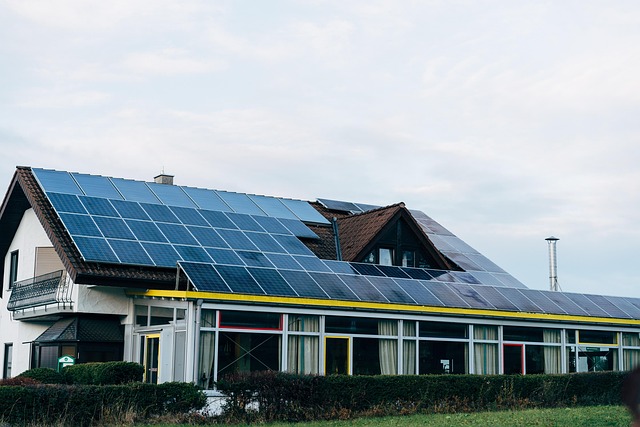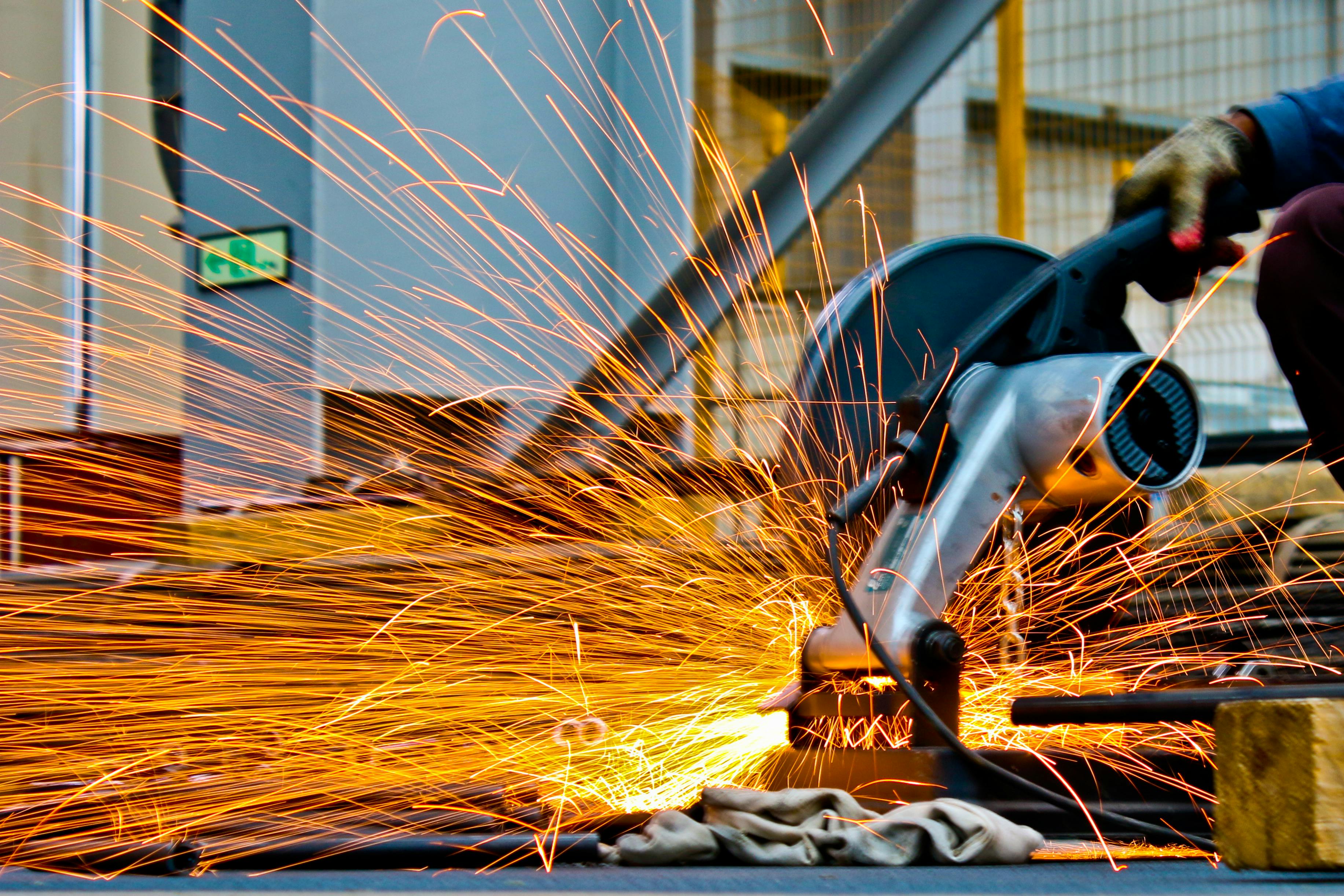Eco Houses: Designing Energy-Efficient, Net Zero Homes
Eco houses blend thoughtful design, smart technology, and sustainable materials to reduce environmental impact while improving comfort and long-term affordability. They prioritize reducing energy demand through insulation, ventilation, and efficient appliances, then meet remaining needs with clean sources. This approach lowers carbon footprints and can create healthier indoor environments for occupants worldwide.

What role does renewable energy play in an eco house?
Renewable energy shifts a home’s energy supply from fossil fuels to sources like sunlight, wind, or geothermal heat. For most eco houses, rooftop solar and small-scale wind are the most practical on-site options. Integrating renewable energy reduces dependence on the grid and lowers operational emissions. When paired with energy storage and smart controls, renewables help balance intermittent generation and align consumption with clean supply for greater resilience and lower lifecycle emissions.
How do solar panels integrate with eco house design?
Solar panels are a common visible element of eco houses, but effective integration starts during design. Roof orientation, angle, shading analysis, and structural capacity determine system size and placement. Solar photovoltaic panels convert sunlight to electricity, while solar thermal can preheat water. Combining solar panels with energy-efficient lighting, appliances, and a battery system maximizes self-consumption and reduces export to the grid. Proper maintenance and monitoring also extend system life and performance.
Can modular construction support sustainability goals?
Modular construction—building prefabricated modules off-site—can advance sustainability by reducing waste, shortening construction time, and improving quality control. Factory conditions allow precise material use, minimizing scrap and improving airtightness and insulation consistency. On-site disturbance is lower, which benefits local ecology and community disruption. Modular methods work well with eco house components like integrated renewable energy systems and efficient HVAC, enabling repeatable, scalable net zero-capable designs with predictable performance.
What does net zero mean for an eco house?
A net zero house balances the energy it consumes with renewable energy generated on-site or sourced sustainably over a defined period, typically a year. Achieving net zero starts with reducing demand through passive design—orientation, high-performance glazing, thermal mass, and airtight envelopes—before adding renewables and efficient mechanical systems. Net zero can be pursued at the household level or cluster/community level where shared renewables and storage help balance generation and demand across multiple buildings.
How to make a home energy efficient in practice?
Energy efficiency reduces the size and cost of the renewable systems needed to reach net zero. Key measures include high levels of insulation, minimized thermal bridging, efficient windows, LED lighting, heat-recovery ventilation, and right-sized heating and cooling equipment. Smart controls, home energy monitoring, and occupant behavior also matter: programmable thermostats and staged appliance use shift loads to times of higher renewable generation. Choosing durable, low-impact materials and designing for passive survivability (comfort during outages) further improves long-term sustainability.
Conclusion
Eco houses are the result of combining energy-efficient design, appropriate materials, modular or traditional construction methods, and renewable energy systems like solar panels. Pursuing net zero requires starting with demand reduction, then adding generation and storage tailored to site conditions and occupant needs. Whether built as a custom home, a modular unit, or part of a community project, eco houses offer a practical pathway to lower carbon living and improved resilience without sacrificing comfort.





